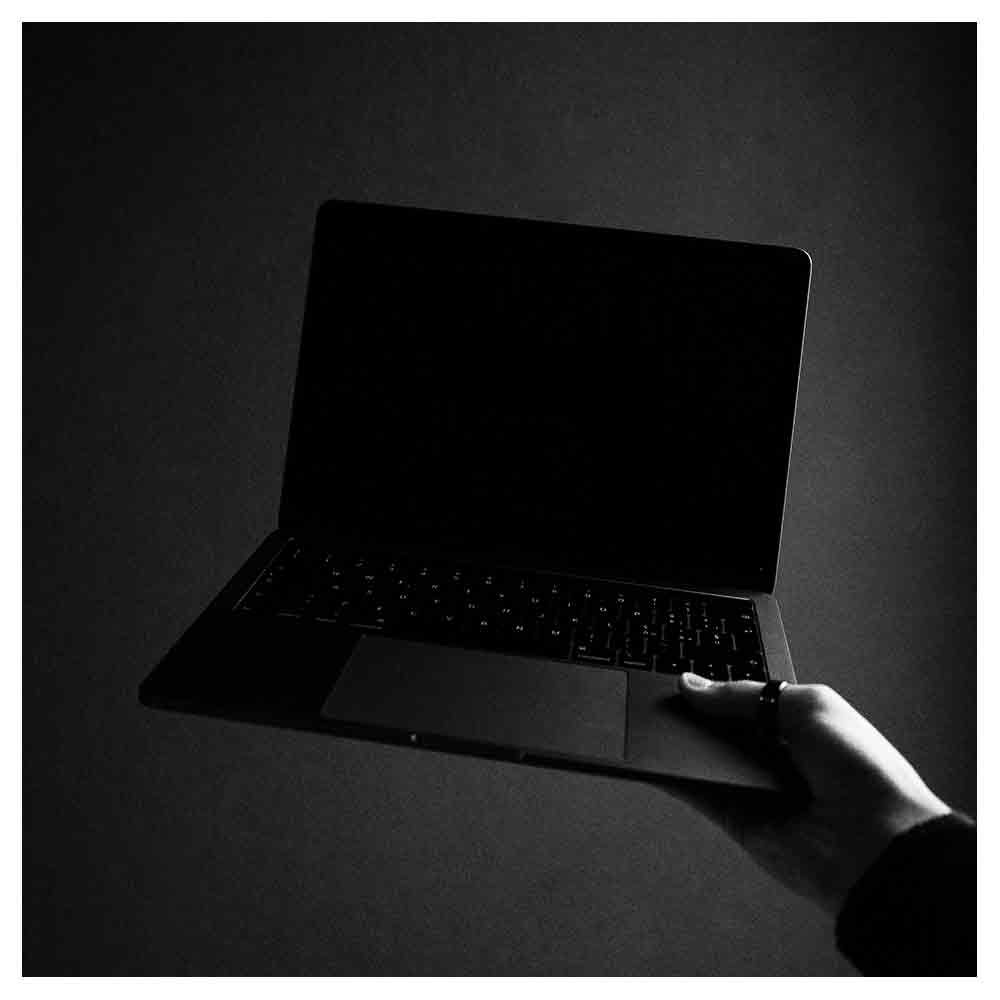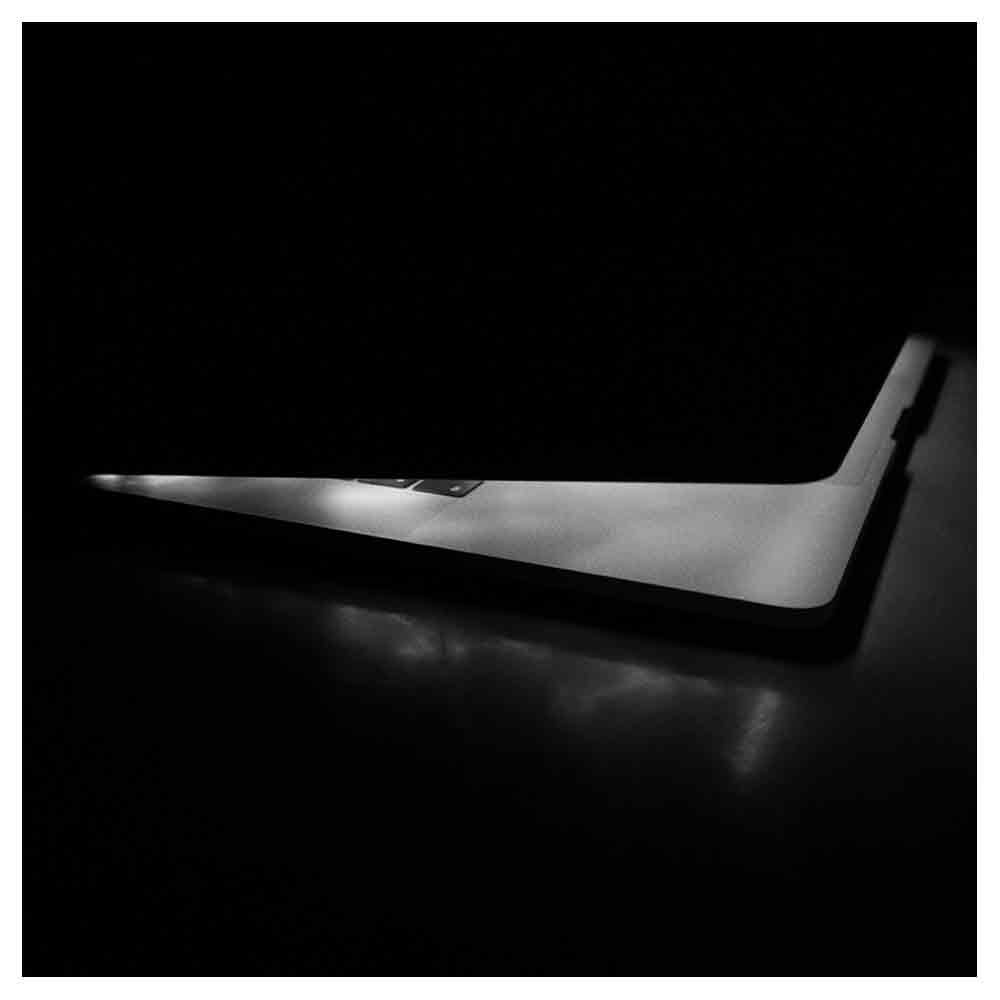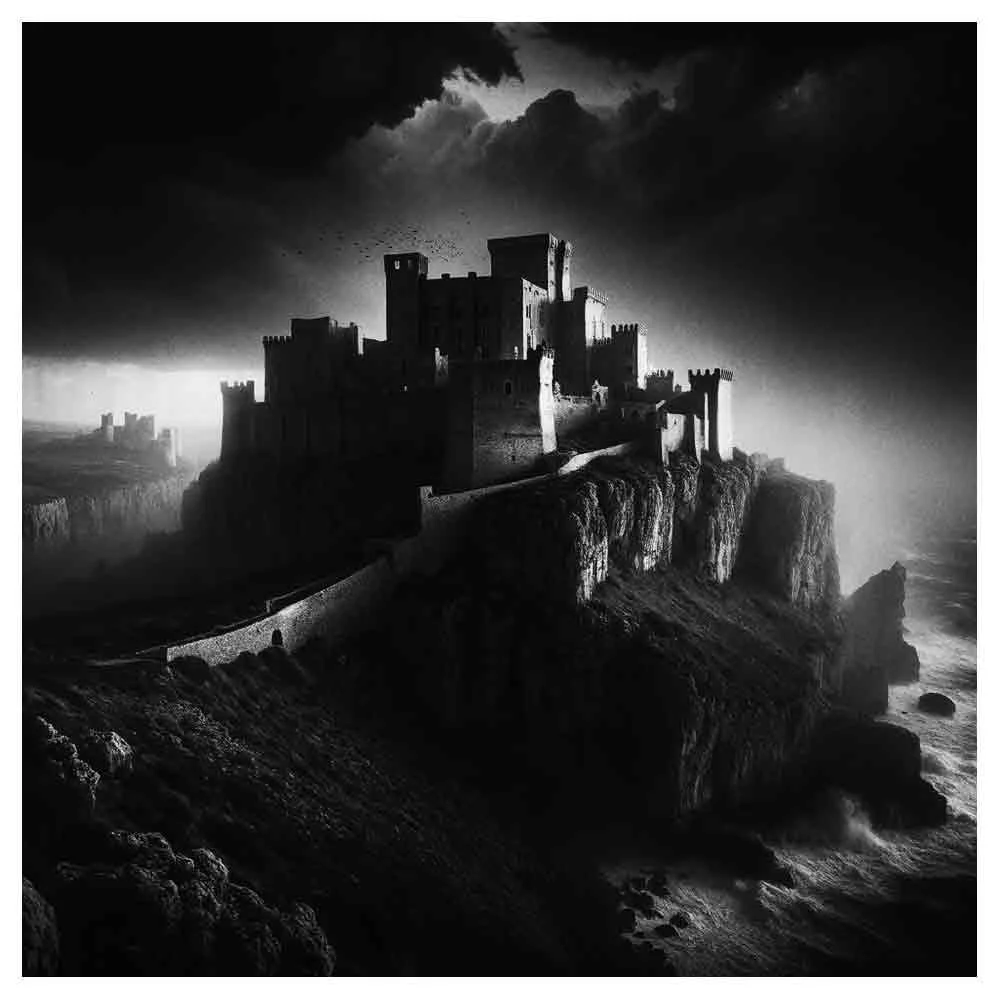What is Mise en Scene in Film? A Simple Guide
Have you ever wondered how movies capture your attention, make you feel emotions, and tell you a story without saying a word?
That's the magic of mise en scène in action! Let's break it down into short, snappy points sprinkled with creativity and simplicity, just for you—whether you're a writer, filmmaker, or story lover.
The Basics of Mise en Scène
Mise en scène definition: It's a fancy French term for "putting on stage." But in movies, it's about everything you see on screen.
Visual language: Mise en scène is the movie's way of speaking to you without words. It uses visuals to tell the story.
Elements: This includes the placement of the actors, the background, lights, costumes, and even the color of the curtains!
Why Mise en Scène Matters
Creates mood: Dark lighting might scare you, while bright colors can make you happy.
Tells you about characters: A character's room, clothes, and posture can tell you a lot about them without a single word.
Directs your focus: Have you ever noticed how sometimes you're looking exactly where the director wants you to? That's mise en scène at work!
Key Ingredients of Mise en Scène
Set Design: The world where the story lives. It could be a grand hotel like The Grand Budapest Hotel or a futuristic city in Blade Runner.
Lighting: It sets the tone. Dark shadows might suggest something spooky, while bright lighting can make everything feel safe.
Costumes: What characters wear speaks volumes. Think of the pink dresses in Mean Girls – instantly, you know a lot about those characters.
Props: Even small objects are essential. A single rose can symbolize love, or a sword can hint at a battle coming.
Camera's Role in Mise en Scène
Camera Angles and Movements can make a scene feel dynamic or calm, depending on how the camera moves or is placed.
Shot Composition: This is how all the elements we discussed are framed in each shot. It's like composing a painting but for the screen.
Great Examples of Mise en Scène
Wes Anderson: Known for his signature style, every frame is a feast for the eyes, packed with color and meticulously arranged.
Ridley Scott's Blade Runner: Shows a future world with incredible detail, using lighting and set design to create a mood that's hard to forget.
Stanley Kubrick: He used mise en scène to develop deep, thoughtful scenes that make his movies timeless.
Making Mise en Scène Work
Creating a good mise en scène means thinking about every detail—how the world looks, how characters move in it, and what mood you want to convey. It's like putting together a puzzle, where each piece is crucial.
So, next time you watch a movie, take a moment to notice the background, the lights, and even the colors. You'll be amazed at how much you can discover when you start seeing films through the lens of mise en scène.
It's not just about making scenes look good; it's about making them feel alive and telling the audience a story.
Frequently Asked Questions About Mise en Scène (FAQs)
What is Mise en Scène?
Mise en scène is a fancy French term for "placing on stage." In movies, it refers to everything you see on screen—from actors and lighting to props and the set. It's how filmmakers create a visual story.
Why is Mise en Scène Important?
Tells a more profound story: Beyond dialogue, it uses visual cues to add layers to the narrative.
Sets the mood: Lighting and color can make you feel emotions without a single word.
Reveals characters: How characters are dressed and where they are tells you who they are.
What Are the Key Elements of Mise en Scène?
Set Design: The background and setting where the action happens.
Costumes: What the characters wear.
Lighting: How scenes are illuminated.
Props: Objects used by characters.
Actors: How they move and interact.
Camera Work: Placement, angles, and movements of the camera.
How Do Camera Angles Affect Mise en Scène?
Camera angles can change how we view an element of a scene or character, making them appear powerful, vulnerable, or mysterious. It's all about perspective!
Can You Give Examples of Good Mise en Scène?
The Grand Budapest Hotel by Wes Anderson: A visual feast with a distinct color palette and symmetrical compositions.
Blade Runner by Ridley Scott: Futuristic sets and lighting create a unique world.
Citizen Kane by Orson Welles: Innovative use of depth and angles to tell a complex story.
What's the Difference Between Mise en Scène and Cinematography?
Mise en scène covers all visual elements in a scene. At the same time, cinematography focuses on the art form of capturing those elements on film, including camera work, camera placement, film stock, and shot composition.
How Can I Improve My Mise en Scène?
Plan every detail: Think about what each scene needs to convey.
Work closely with your team: Production designers, costume designers, and directors of photography can help bring your vision to life.
Study films: Analyze movies known for their strong visual storytelling.
Does Mise en Scène Apply Only to Films?
Nope! While it originated in theater, mise en scène is crucial in any visual medium, including television, music videos, and even video games. It's about crafting a visual narrative, no matter the stage.
How Do I Analyze Mise en Scène in a Film?
Start by watching a scene without sound. Pay attention to:
The arrangement of elements: How is the scene composed?
Light and color: What mood do they create?
Character placement: What does their positioning tell you? This will help you see how visual elements support the story and characters.
What Role Do Costume Designers Play in Mise en Scène?
Costume designers are pivotal in defining a character's personality, status, and development through their wardrobe choices.
They work closely with the production designer to make sure all the characters and costumes fit seamlessly within the film's visual language and the director's vision for the project.
How Does Lighting Design Influence Mise en Scène?
Lighting design can drastically alter the mood and atmosphere of a scene. Dark, shadowy lighting might suggest mystery or danger, while bright, soft lighting can convey happiness or safety.
It's a vital tool in directing the audience's emotional response.
What's the Impact of Prop Design on Mise en Scène?
Props are not just objects characters interact with; they're visual symbols that can add depth to the story or reveal more about a character's journey.
Prop designers must choose or create items that resonate with the film's theme and enhance the narrative.
Can Mise en Scène Affect the Audience's Perspective?
Absolutely. Mise en scène can manipulate the audience's focus, guide their emotional journey, and influence their interpretations of the story.
It's a subtle yet powerful way to communicate with the viewer without explicit dialogue.
How Do Camera Movements Contribute to Mise en Scène?
Camera movements, inluding panning, tilting, and tracking shots, can add dynamic energy to a scene, reveal essential details, or change the audience's perspective.
They're integral in making the mise en scène feel alive and engaging.
What Makes a Mise en Scène 'Good'?
Good mise en scène is when all visual elements harmonize harmoniously to enhance the storytelling.
It should be purposeful, with every detail contributing to the audience's understanding and emotional experience of the film.
How Do I Start Creating Mise en Scène in My Own Films?
Start with a clear vision of your story's world. Sketch out scenes, considering how each element can contribute to the narrative, from lighting and costumes to props and camera angles.
Collaboration is key, so involve your own production design team early in planning.
What Are Some Common Mistakes in Mise en Scène?
Overloading the scene: Too many visual elements can confuse the audience.
Inconsistency: Visuals that don't align with the film's time period, location, or theme can break immersion.
Ignoring the background: Every part of the frame should serve the story, not just the foreground.
How Has Mise en Scène Evolved in Modern Cinema?
With technological advances and a shift towards more immersive storytelling, modern cinema often uses mise en scène to create intricate worlds and complex characters.
Filmmakers have more tools at their disposal but still rely on the fundamental principles of mise en scène to tell their stories.
How is Mise en Scène Different from Cinematography or Editing?
Mise en scène involves everything you see in a scene. Cinematography in filmmaking focuses on how these elements are captured on film, including camera work and lighting techniques.
Editing in filmmaking is about how shots are put together post-production. Each contributes to storytelling in distinct ways.
What's the First Thing to Look for in Mise en Scène Analysis?
Start with the setting. It grounds the scene in a specific time and place, setting the stage for everything else that unfolds visually.
Final Piece of Advice for Aspiring Filmmakers?
Study your favorite films and dissect their mise en scène. Understand why certain scenes work and how the visual elements contribute to the overall experience.
Practice, experiment, and don't be afraid to take risks. Your unique vision and understanding of mise en scène will set you apart.






























